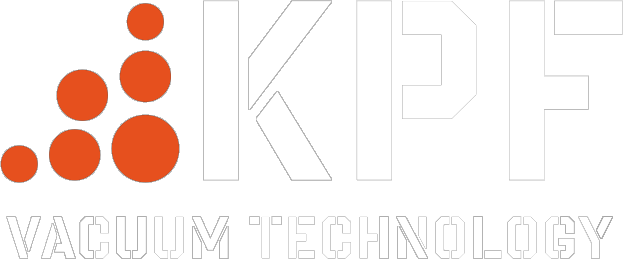To improve adhesion, roughness, reduce residual stresses and increase the micro hardness of PVD coatings, cutting edge preparations, including drag finishing and abrasive jet machining, are performed before and after the PVD process
Abrasive Jet Machining
Abrasive jet machining removes defects from surfaces with a strong jet of abrasive particles and water. An advantages of using this technology is its low dustiness, as well as the small amount settled medium residues compared with other surface technologies. Better surface roughness and lower residual stress in the substrate, or applied PVD coatings, is achieved in cutting tools using abrasive jet machining. A decrease in the number of droplets from the surface of the PVD coating and improvement of tribological characteristics is expected during treatment of the applied PVD coating with abrasive jet machining. The impact of high kinetic energy abrasive particles on the coating’s surface also improves its strengthening and crack propagation resistance in the coating
Drag finishing
Drag finishing technology is most commonly used for grinding, surface polishing, as well as sintered carbide cutting edge preparation. In this case, it is possible to use drag finishing technology before and after the coatings process. Cutting tools are dragged in a planetary motion container at high speed during drag finishing technology. This way, the desired pressure is achieved between the cutting tool surface and the process medium. surface treatment of cutting inserts took place during the dry process of drag finishing with a walnut granulate. A combination of grinding paste is particularly suitable for fine edge rounding for a very smooth and glossy surface or for cutting tools made of sintered carbide or cutting ceramics.
:source
Tomas Zlamal, The Influence of Surface Treatment of PVD Coating on Its Quality and Wear Resistant, coatings, 2019.
